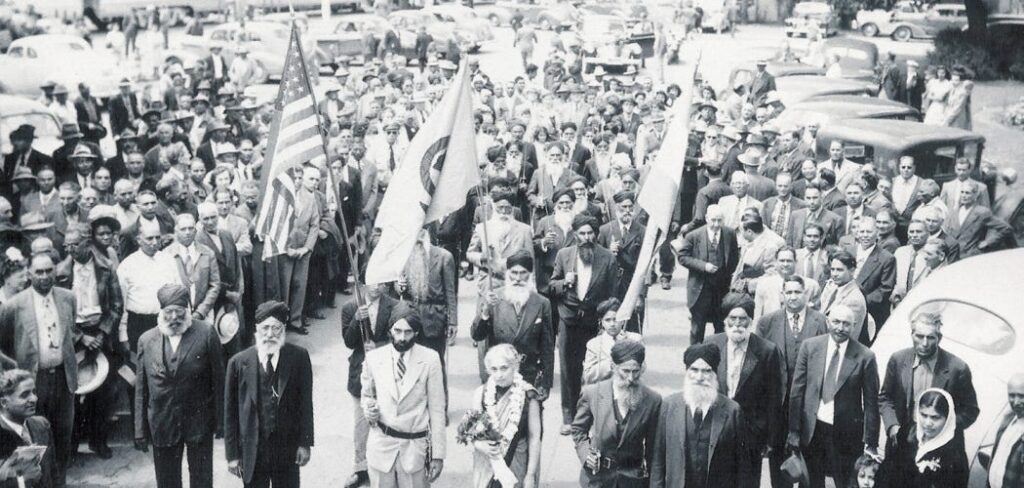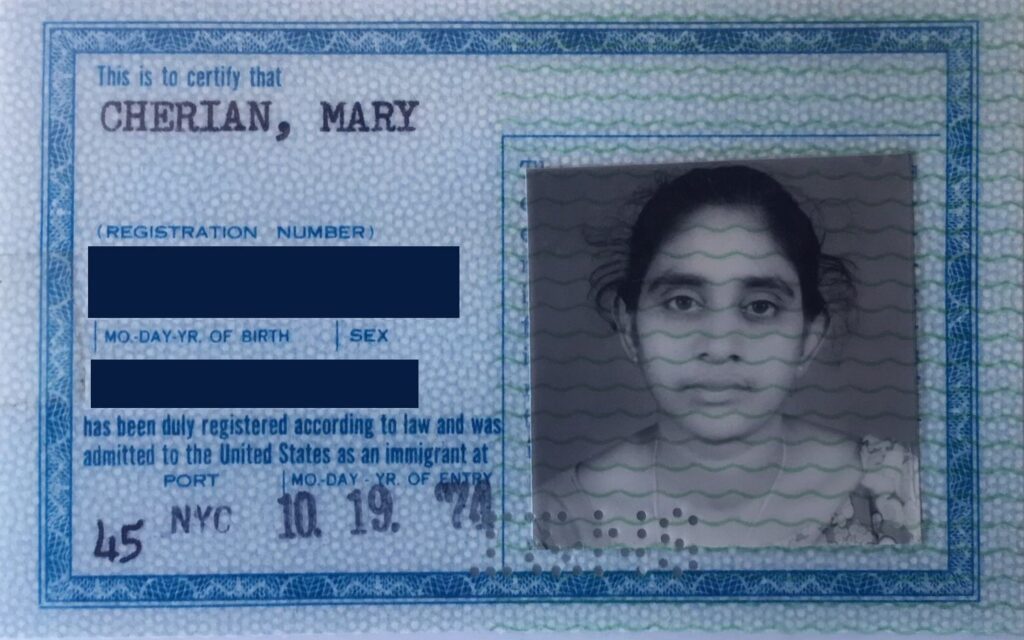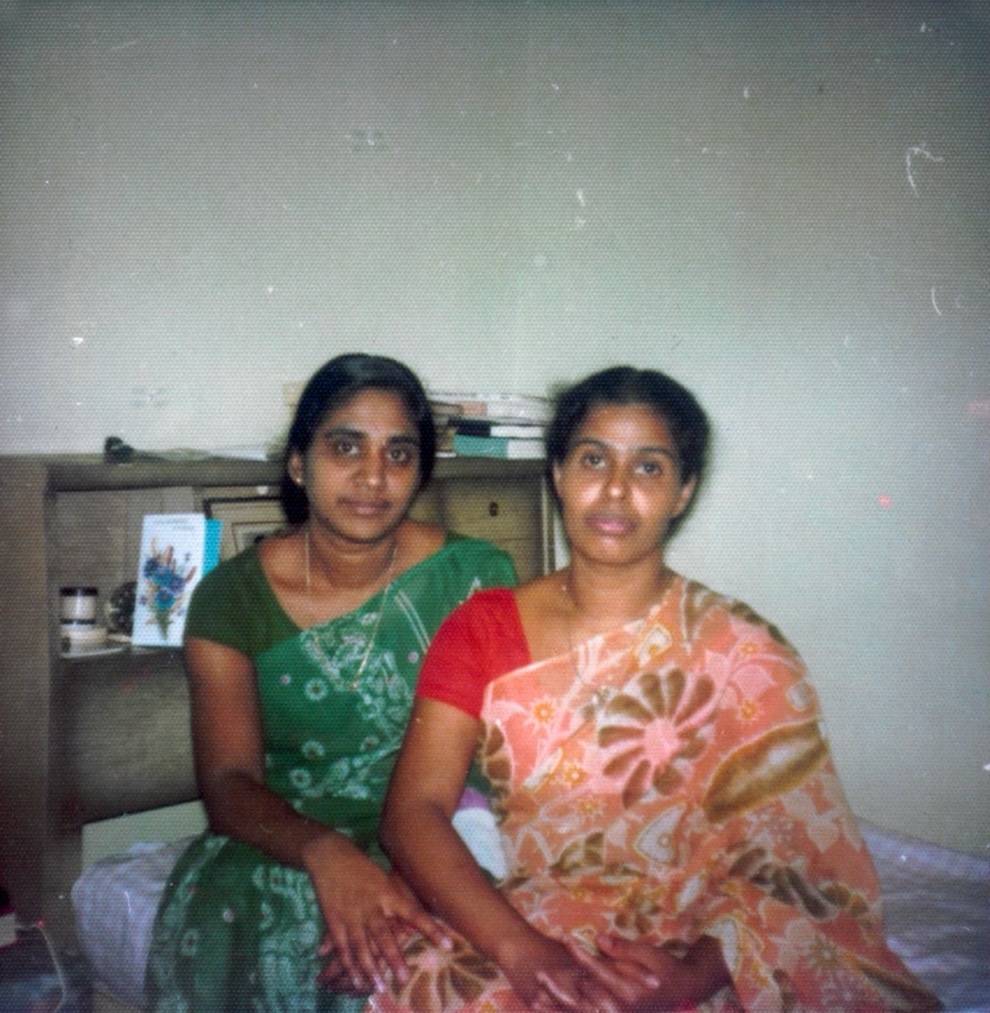by Tristyn Cherian

My ammachi’s house looks almost exactly like any of the other houses that line her quiet street in the suburbs of Northeast Philly. At least from the front. Around the back of the house, my ammachi (the Malayalam word for grandmother) has constructed a massive garden full of Indian spices and vegetables. This garden spans about thirty-five feet long and maybe twenty feet wide. Thin, six-foot wooden poles hold up vines, and in the soil are plants smuggled into the country: Indian chiles, long beans, bitter gourd, pumpkin. Little barriers separate each plant made from small slabs of rock, metal scrap, wire, or plastic.Spending time with my ammachi and father has taught me about my family’s heritage, how our experiences in Philly have all differed, and how being Indian-American ties into the history of the city.
When you think of an area with a large South Asian population in America, you might not think of Philadelphia and the surrounding suburbs, but the South Asian population here is rich in culture and is only growing. The movement for Indian liberation from British rule also has ties to Philly, specifically the Ghadar Party. The Ghadar Party was a political movement founded by members of the Indian diaspora, and it stood for ending colonial rule and Indian self-governance.

In September of 1920, the Ghadar Party marched in Philadelphia for Indian independence. Around ten thousand people were in attendance, and many Irish-American Philadelphians came to march and show support, as Ireland had recently declared independence and was fighting British occupation. The crowd walked three miles from Independence Hall to the Knickerbocker Theater, where they held a rally for Indian self-rule. Many people who visit Philadelphia have no idea of its connection to the struggle for Indian independence, and I am sure that many Indians are unaware that there was such a large march for India in Philly.
Indian immigration was still very limited at this time, and only when the Immigration and Nationality Act of 1965 was passed could Indian people enter the United States in larger numbers. Indians have come to make up a much larger population in Philadelphia than they once did in the 1970s and ‘80s, and Indian-Americans became the largest immigrant group in the city since 2006. As of 2022, Indian-Americans are still the most populous immigrant group in the area, with more than 90,000 foreign-born residents in the Philadelphia and Wilmington metropolitan areas, compared to fewer than 7,500 in 1980. Before concentrations of South Asians existed, however, my ammachi had to learn to navigate the city almost alone.

My ammachi, born Mary Cherian, came from India in 1974 to work as a nurse. She came from a village outside Kochi, the capital city of Kerala, a state in southern India. The rest of her family stayed behind, and had to wait for her to send money back every month, as many immigrants have to do. The hospital that my ammachi was assigned to turned out to be Temple Hospital, where she worked as a neonatal nurse. She and three other nurses from her Indian nursing school shared a cramped two-bedroom apartment nearby, taking turns sleeping on the floor. These women had never even seen snow, let alone ever owned a winter jacket. Unlike many immigrant groups today that already have established communities in cities across the country, there were not many other Indians to teach these women how to adapt; they simply had to figure it out for themselves.



Eventually, as the years went by, my ammachi adjusted to American life, and she also saved up enough money to bring over the rest of her immediate family. Once everyone arrived, they all had to make the exact same adjustments that my ammachi had made. My dad had never even seen a plane before he flew to America! He had a far different experience than his mother did; his early childhood in a rural village and his teen years spent in a major American city. My family rented a new apartment in North Philly for a while, and eventually was able to move to the suburbs of the Northeast, where they were among the first families of color. Money was another main difference between my dad’s family and the other familiesn affluent Northeast Philly, as my grandparents could afford very little. My father was able to move up the socioeconomic ladder, through his scholarship that he received to attend Temple University. When I ask him about how Temple was different in the early 1990s, he talks about it was more accepting than the suburbs were, and that he felt like he could truly be Indian-American.

My ammachi’s house has barely changed in the past twenty years. The garden has become a little rundown, and my father and I have had to make some repairs to it recently. To ensure that my family will continue to have great Indian food, I sat down with my ammachi and learned my favorite recipes of hers. We stood for hours, trimming impurities off big chunks of beef, frying dough to create poori, and stirring Kashmiri chili powder into a simmering sauce. My finished products weren’t quite the same as hers, but I wrote every recipe down so I could perfect them. I hope to one day be the old Indian grandpa whose house my descendants cannot wait to come to, and I hope that they like my cooking as much as I love my ammachi’s.

